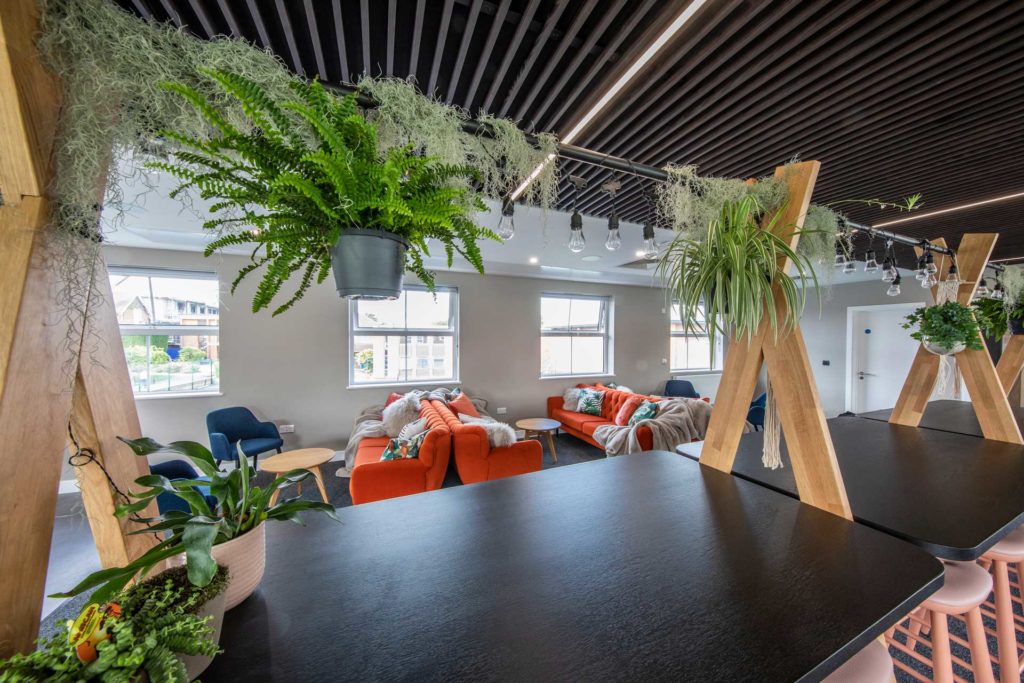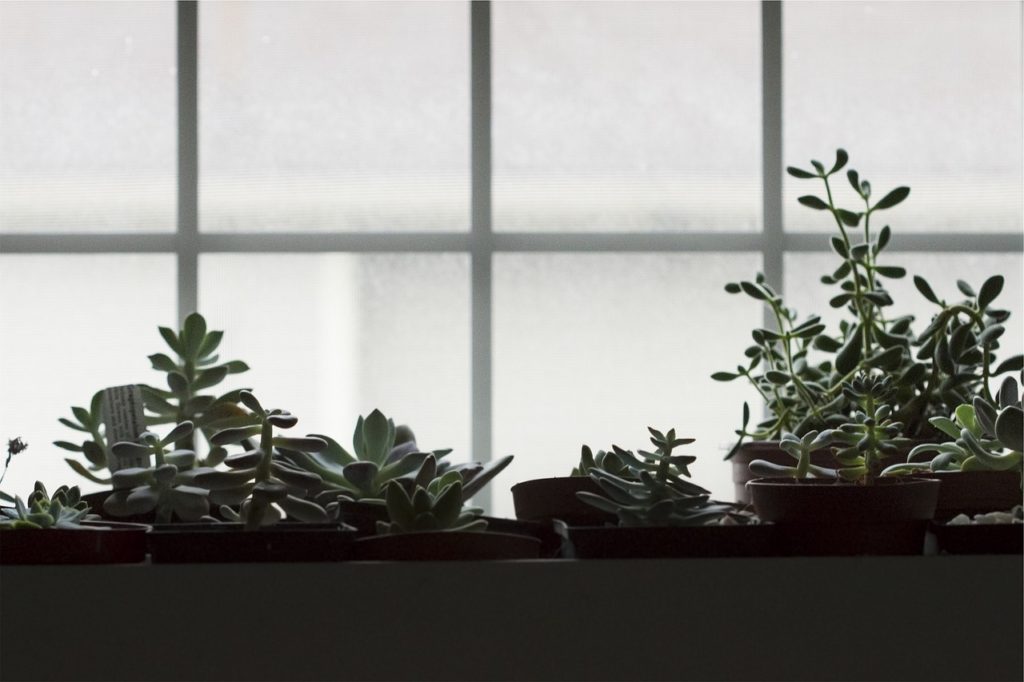Numerous studies have shown the tangible and real time benefits of introducing house plants into your classrooms. Read on to see how plants can improve students’ success, broaden your curriculum, reduce noise and much more!
1. Cultivate your curriculum

Students can enjoy plants in their classroom and use them in a wide variety of subjects. Producing artwork of plants as art studies; studying them to see how they react to light and water in Science; running Gardening clubs to sow seeds and tend to plants; measuring and comparing for Maths classes; writing about them in English and even using as prompts in Drama (such as Audrey II in Little Shop of Horrors!).
Experiential learning means your students can immerse themselves in first-hand experience of how plants can be a great addition to the curriculum.
2. Replenish and refocus students’ learning

Students’ learning capabilities will be enhanced with the addition of potted plants and greenery in the classroom. By focusing on plants or window boxes to provide a calm, mature and attractive area, your young learners can look upon them with interest during short breaks to refresh their learning and enhance their cognitive performance across all subjects to become more successful and evolve.
Give them a break that actually supports their learning and see how much more information your teachers can impart to students who are fresher and more ready to learn.
3. Plants – the physiological benefits

However, there are more reasons to have plants in your classrooms than just increasing academic success. Noted benefits of plants include bringing down blood pressure, while also lowering stress and anxiety. Mental health and wellbeing is a huge issue for schools today but there is something wonderful about seeing something you have cared for grow and thrive – students can gain an enormous sense of well-being knowing that plants that they have been able to feed and water will flourish in your classrooms.
4. Students flourish with fresher air quality

Students’ concentration will be sharper in rooms with plants which act to decrease levels of carbon dioxide. Pupils will achieve more in an atmosphere that encourages learning, with reduced pollutants and increased humidity to keep your young learners healthier and happier in your classrooms – better attendance means better engagement.
5. Soak up unwanted background noise

It may not be widely known but in busy classrooms with lots going on, plants can help to reduce noise. They don’t just soak up water, they soak up background hubbub and commotion through their stems and leaves.
Your classroom layout can be intelligently designed by our experienced team at Envoplan to maximise the best acoustics for your school. Staff and students will be able to concentrate fully by having plants strategically placed around the classroom with their attention aimed at where it needs to be to get the most from each and every lesson.
Call us to find out more.



